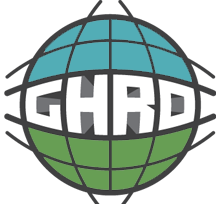The most significant human rights developments in the country during the year were:
First, separatists, supported by Russian military and civil officials, continued to control parts of Donetsk and Luhansk regions by force of arms, as self-proclaimed “people’s republics.” The United Nations reported that, as of November 15, more than 9,000 persons had died and approximately 18,000 had been wounded as a result of Russian aggression in these regions, including civilians, members of the Ukrainian armed forces, and Russian-backed separatists, since fighting began in 2014. More than two million persons have fled the region. Separatists systematically engaged in abductions, torture, and unlawful detention. To a lesser extent, there were also reports of these practices by government forces. Separatists also employed child soldiers and restricted humanitarian aid. Additionally, the government imposed restrictions on freedom of movement. Internally displaced persons (IDPs) faced difficulties obtaining legal documents, education, pensions, and access to financial institutions and health care.
Second, in Crimea, Russian occupation authorities committed numerous human rights abuses, targeting ethnic and religious communities, particularly Crimean Tatars, as well as independent journalists and anyone perceived as opposing the Russian occupation regime. Russia’s occupation of Crimea displaced more than 20,000 Crimeans.
Third, the country suffered from corruption and deficiencies in the administration of justice. Human rights groups and the UN noted there were few investigations into human rights abuses committed by security forces. In particular, the Security Service of Ukraine (SBU) and Ministry of Internal Affairs operated with impunity. Corruption in the Prosecutor General’s Office and the judiciary was of particular concern.

